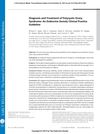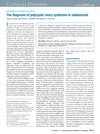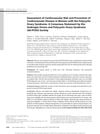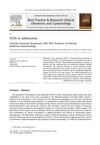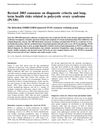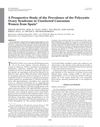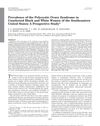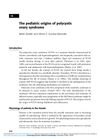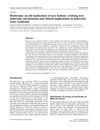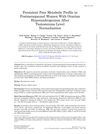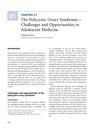Polycystic Ovary Syndrome in Adolescence and Type 2 Diabetes
November 2014
in “
Current Diabetes Reports
”
PCOS type 2 diabetes insulin resistance insulin sensitization lipotoxicity adipose tissue dysfunction metformin metabolic syndrome impaired glucose tolerance oral contraceptives insulin sensitizers anti-androgens pioglitazone flutamide polycystic ovary syndrome T2DM IGT birth control pills Actos Eulexin
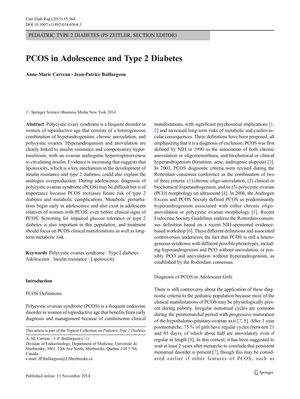
TLDR Girls with PCOS during adolescence have a higher risk of developing type 2 diabetes, and early treatment can help manage this risk.
The document from 2014 examines the link between polycystic ovary syndrome (PCOS) in adolescents and the increased risk of developing type 2 diabetes (T2DM). It outlines the complexity of diagnosing PCOS during puberty due to overlapping symptoms but stresses the importance of early detection to manage long-term metabolic risks. The prevalence of PCOS is lower in adolescents than adults, with obesity exacerbating the condition. Insulin resistance is a key factor in PCOS pathogenesis, and insulin sensitization can improve symptoms. Lipotoxicity and adipose tissue dysfunction are also implicated in PCOS and T2DM development. Early life factors and genetic predisposition contribute to PCOS, with interventions like metformin showing promise in reducing the risk. The document also discusses the high prevalence of metabolic syndrome (MS) and impaired glucose tolerance (IGT) in obese adolescents with PCOS, and the need for targeted treatment, including lifestyle changes, oral contraceptives, insulin sensitizers, and anti-androgens. An open-label trial with 34 adolescents showed that combination therapy with low doses of pioglitazone, metformin, and flutamide was more effective than oral contraceptives alone in treating PCOS and improving cardiovascular risk factors. The document concludes with the recommendation for screening and prevention of T2DM in adolescent girls with PCOS, considering the potential adverse effects of oral contraceptives on glucose tolerance and the benefits of insulin sensitizers.
